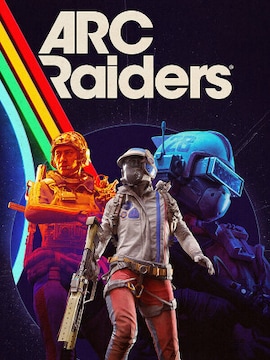Have you ever felt like your favourite game is unfair? Maybe your opponent was a bit too powerful in an online match? In cases like this, balancing patches come to the rescue – let’s talk about them!
What is a balancing patch?
Balance patch is a type of game update released to adjust various aspects of in-game characters, weapons, systems, et cetera. This kind of patch aims to ensure no single character, item, strategy, perk, and so on, becomes too powerful (overpowered, OP) or too weak (underpowered).
Balance patch meaning in games
Unlike bug fixes or regular content updates, balance patches do not fix errors or introduce new features to the game. Their point is to implement numerical or functional adjustments to keep the game’s competitive ecosystem healthy. They are often introduced after deep in-game statistics analysis and collecting players’ feedback.
Balance patches are important, especially for multiplayer productions, as no improvements in regards to balancing various aspects of games could result not only in unfair competition, but also in negative experience discouraging players from investing their time and money in the game.
Examples of balance patches
Let’s look at various balance patches in three popular multiplayer video games:
- in League of Legends, various champions were nerfed (weakened) or received buffs (strengthened) with Riot releasing balance patches every few weeks (e.g., Kai’Sa’s base attack damage nerf),
- in Overwatch 2, where balance between damage, tank, and support roles is crucial for fair competition between teams, balance patches based mainly on high-level competitive play are a frequent part of the game’s updates (e.g., continuous adjustments for Zarya’s and Reinhardt’s powers due to their overperformance in 2025),
- in Hearthstone, balance patches often target particular cards to adjust their power and promote diversity in the deckbuilding aspect of the game (e.g., various changes in mana cost).
As you can see, such patches are crucial for maintaining fairness in multiplayer games. They should reflect all data collected by the developers to ensure that both casual and competitive players enjoy their game as much as possible, and serve as a sign of continuous care for the production.




